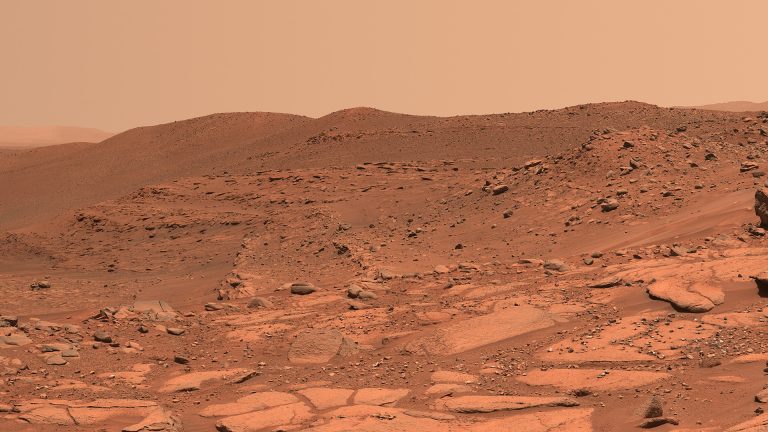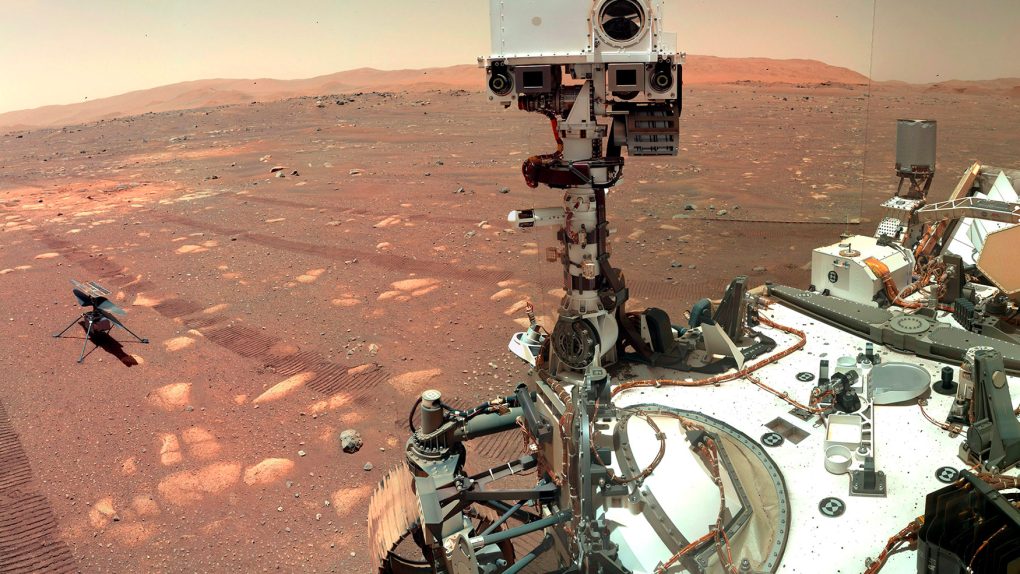NASA’s Perseverance rover has been exploring the rocky, desolate surface of Mars since February 2021. During that time the rover has searched high and low for signs of life on Mars, but to no avail. While we’re still waiting for the Mars sample return mission to send soil and rock samples back to Earth, Perseverance continues to capture images of iconic locations, like the Belva Crater.

The new images capture the large impact crater that is believed to have once possibly been home to water on the surface of the Red Planet. This newest image is actually a mosaic of 152 images, which have been strung together to create a massive panoramic view of the crater. NASA says Perseverance took the images of the basin on April 22, while parked to the west of the crater’s rim.
The image not only shows signs of dipping beds, which could indicate the presence of large Martian sandbars, but it also showcases multiple locations of exposed bedrock. The team behind the Perseverance rover believes these images of the Belva Crater are a good indication of what this part of the planet used to be like.
Impact craters like the Belva Crater often offer scientists with a grand view of the planet’s surface components, exposing bits of sediment and rock that would normally be buried under dunes and soil. The Belva Crater is a perfect example of just how much exposed rock a crater of this type can showcase, and it could help scientists get a better idea of what kind of area this used to be.
The common belief is that the crater showcases the sandbar dipping beds that were once deposited here by a river that has long since dried up. That ancient river, though, may have once carried water to the lake that scientists believe once filled the Jezero Crater, which Perseverance has been studying in-depth over the past several months.








